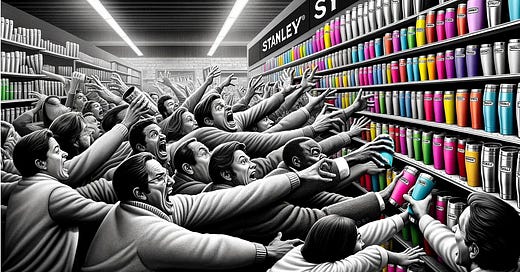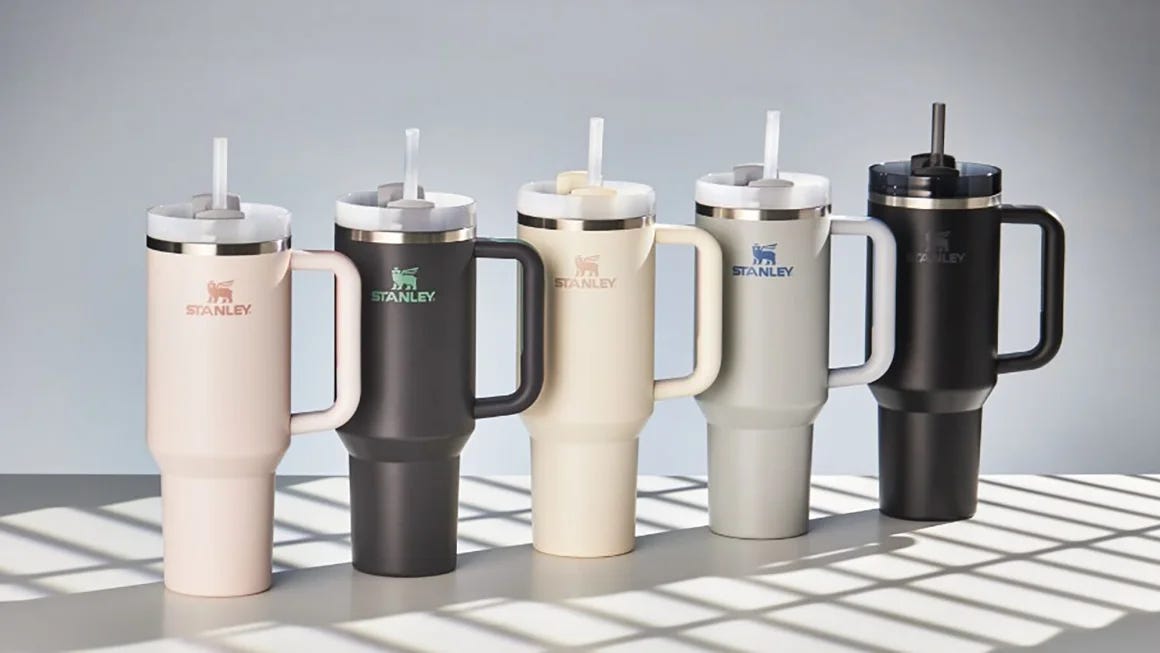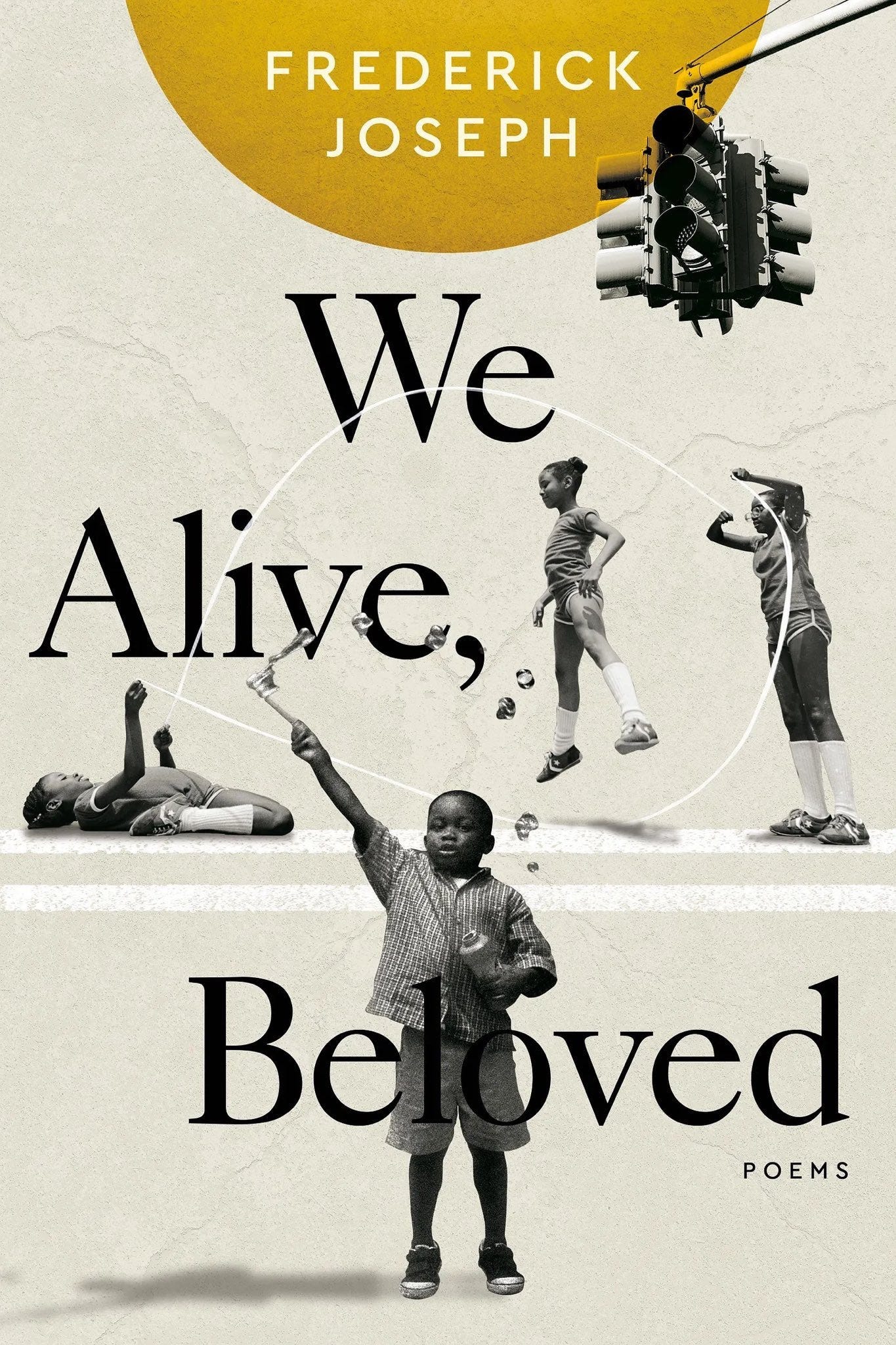Often, I find myself immersed in critiques of capitalism and consumerism, twin giants that cast long shadows over our society. Yet, in this discourse, I try my best to constantly acknowledge a truth: I am not merely an observer but also a participant in this very system. My hands, too, are entangled in the web of unnecessary purchases, and my desires sometimes stray towards that which I truly do not need, perhaps should not even possess.
I hold steadfast to a belief that most things are acceptable in moderation. It's a guiding principle that tempers excess and fosters reflection. My vision, my guiding star, is that principles rooted in thoughtful moderation and sharing of excess, will eventually lead us to a society with socialist ideals for the marginalized. One where socialism is not a word demonized by the wealth class and corporate elite, all while they reap the benefits of it with their endless bailouts, tax breaks, and golden parachutes. One where socialist principles become a shield and foundation for those pushed to the peripheries of our economic realities.
In this vision, I am heartened by a thought: many of us, in our own ways, are taking steps, however small, towards this ideal. Each foot forward, a movement away from the clutches of unbridled consumption and towards a society that values all its members, not just in words but in the very structure of its being.
That being said, there are moments of capitalism and consumerism that defy the notion of moderation, standing instead as stark examples of how our current systems are truly fiery hell pits. A case in point that recently caught my attention is the frenzy surrounding Stanley tumblers.
Let me shed some light on this for those who might not be aware.
Stanley, a brand known for its reusable water bottles, offers a range of designs and sizes, but it's their "The Quencher H2.0" line that's stirring up a storm. These tumblers, varying from 14 to 64 ounces, equipped with straws and handles, have become more than just containers; they've morphed into cultural symbols.
Stanley's roots reach back over a century, traditionally catering to the working-class and outdoor enthusiasts, embodying a spirit of rugged practicality. Their products, particularly the iconic green tumbler, were initially targeted at men in physical occupations like construction. Yet, in recent times, they've broadened their appeal, capturing the interest of diverse groups, from teachers to social media influencers, and now, the youth.
The company's pivot came in 2016 with the introduction of the Quench line. Though initially met with lukewarm reception, a strategic shift in 2020, under the helm of former Crocs executive Terence Reilly, sparked a revolution. Embracing social media and influencer marketing, Stanley transformed the Quench line into a runaway success. Now, the #Stanleycup phenomenon on TikTok boasts over 6 billion views (some of which belong to the NHL’s Stanley Cup), highlighting how massive this craze is.
The frenzy reached new heights when Stanley launched a collaboration with Target. The demand was so intense that stores sold out instantly, and the $45 tumblers began garnering $100 to $200 on eBay. This phenomenon isn’t just a fleeting trend; it was one of the most popular gift choices for Gen Z and Gen A during the holidays.
The meteoric rise of Stanley, emblematic of the very capitalist engine we often critique, ultimately collided with another titan—Starbucks. This collaboration speaks volumes about the elasticity of most people’s moral compass when faced with the allure of consumerism. Starbucks, a brand marred by its controversial support of Israel amidst the harrowing events in Palestine, found in Stanley an avenue to rehabilitate its image, to soften the edges of public dissent, and to make it okay again for some to openly support the brand.
As was the case with the Stanley and Target collaboration, Starbucks’ Stanley cup sold out almost instantly, and even influencers who had been publicly boycotting the brand with the #BoycottStarbucks movement, openly gave in. It was a masterstroke of marketing, a shrewd play in the theater of public opinion, where the sheen of a new product can eclipse the shadows of ethical transgressions.
As I said, I find no fault in the wanting. But my question is — at what cost?
I think back to my own childhood of the 90s, which was filled with seeds of desire laid by similarly masterful marketers. Tickle Me Elmo, Power Rangers toys, Pokémon cards—each a monument to the era's unapologetic commercialization of childhood interests. These were not mere toys; they were tickets to a shared cultural moment, a language of belonging in the playgrounds and schoolyards.
The issue is, our desires, whether for a Stanley cup or a Tickle Me Elmo, are not just expressions of individual want but echoes of a larger societal narrative. They are pieces of a complex puzzle of cultural and economic forces that shape our perceptions, our loyalties, and our identities. This dance of desire and disdain, of wanting and renouncing, is not merely the plight of the modern consumer but a poignant commentary on the human condition in an age where the lines between need, want, identity, and ethics become ever more blurred.
Consumerism, now turbocharged by the whirlwind of social media, has evolved into a more insidious form, one that taps into the very core of our identity and sense of belonging. Platforms like TikTok have transformed this landscape of desire, shifting the axis from mere want to an urgent need to conform. This shift is not merely about objects of want, but about the narratives we buy into, the stories we tell ourselves about who we are and who we ought to be.
Just consider this peculiar case of the Stanley cup, once a functional tool in the hands of nurses and construction workers, now a coveted item among children barely old enough to spell their own names. What drives a seven-year-old to yearn for a reusable steel cup? It’s not the utility, nor the practicality. It’s the story that has been shaped around it—a story that they, in their innocent eagerness to belong, have unwittingly subscribed to.
This phenomenon is not simply about consumer goods; it's a reflection of a deeper, more troubling trend. We are witnessing a further commodification of identity, where self-worth and social standing are increasingly measured by the things we possess. Social media amplifies this, turning every user into a potential advertiser, every post into a subtle nudge towards consumption. In this digital arena, the lines between genuine interest and induced desire dim, leaving us chasing after shadows of fulfillment.
In this relentless pursuit of what is trending, what is coveted by the masses, we lose sight of what truly matters. The essence of our being, the uniqueness of our experiences and thoughts, is overshadowed by a homogenized narrative of material wants. It's a narrative that doesn’t empower but rather diminishes, reducing our complex selves to mere consumers, constantly hungry for the next thing that we are told will complete us.
This is the heart of the problem. When a child clamors for a steel cup not because they need it, but because social media has whispered that it is essential for acceptance, we must pause and question the trajectory we are on. The danger is not just in the act of buying, but in the continued programming of our values and desires. We are at risk of raising a generation that is plunged even deeper into the ocean of measuring self-worth not by their actions, their character, or their compassion, but by their ability to mirror the fleeting trends of the moment.
The Stanley phenomenon, this wild, feverish obsession over mere vessels for our drinks, strikes me as a vivid illustration of our society's many issues. Here we stand, in the midst of a world teeming with inequities and injustices, yet a significant portion of our collective energy is diverted, seduced by the call of a branded cup.
We must ask ourselves, what does it say about us, about our values and priorities, when a cup becomes a symbol of status, a marker of belonging? It's as if we're desperate to clutch at anything that can distinguish us from our neighbor.
This is not to diminish the simple pleasures of life, for certainly, there is joy to be found in the mundane. But when the mundane is elevated to a fetish, when it's pursued with a fervor that borders on the religious, we must pause and ponder. We are losing ourselves in a maze of materialism, where the pursuit of the inconsequential leads us away from the path of true fulfillment.
I see the Stanley cup craze as a reminder to be more mindful, more aware of the narratives we allow ourselves, and our children, to consume, perpetuate, and buy into.
If you haven’t pre-ordered my debut poetry collection, “We Alive, Beloved,” remember pre-orders are deeply important for marginalized authors. This tells booksellers and the media that a book has the potential of being successful.
You can pre-order here: https://www.simonandschuster.com/books/We-Alive-Beloved/Frederick-Joseph/9781955905640








Whew. Found some deeper truths for myself within your analysis here. I saw this cup craze was connected to Starbucks and stopped paying attention but the broader convo is so important - thanks for having it 🙌🏼
I appreciate how you're able to call out the madness of consumerism while also recognizing it in yourself. It's a good reminder to all of us that we can both call out problems in others while being complicit in such acts ourselves and that the entire system affects all of us.